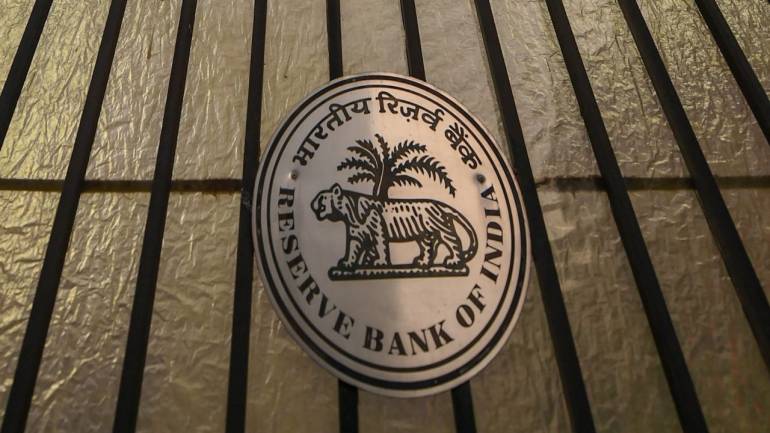Highlights:
- Access to RBI’s capital at heart of the rift
- Fiscal picture in first seven months worrisome
- GST collection and disinvestment receipts disappoint
- Spending likely to accelerate in the run-up to the general election
- RBI’s capital the only ammunition to bridge the fiscal gap
The rift between the Reserve Bank of India (RBI) and government on myriad issues impacting autonomy of the central bank resulted in the recent resignation of the former governor Urjit Patel. The government has been quick to appoint its own man, a former bureaucrat at the helm of RBI. While some of these contentious issues will be addressed quickly, especially the ones pertaining to targeted flow of liquidity, it remains to be seen how quickly the government gets access to RBI capital to bridge its fiscal shortfall. Even if it succeeds, how will rating agencies react to such a myopic approach? Will the global investors get convinced that we are walking the right fiscal path?
Why the rift?The government had been pressing RBI to relax its Prompt Corrective Action (PCA) norms as 11 state-owned banks came under its ambit on account of their weak fundamentals. A relaxation of these norms along with a special liquidity window to non-banking financial companies (NBFCs) has been a long standing demand from the government to ease the flow of liquidity to micro, small and medium enterprises (MSMEs).
The government has also been hankering for relaxation of bad loan rules for MSME and has been trying to get RBI to relax certain bad loan reporting norms. RBI, on the other hand, has come out in the open to express its displeasure over the government’s decision to appoint an independent payments regulator.
However, the move, which has been seen having far-reaching implications, is the government’s intention to transfer a part of RBI’s capital, perhaps to breach the burgeoning fiscal gap. To start with, formation of an expert panel to look into the economic capital framework of RBI is mooted.
Read: Battle for capital: Is RBI kitty big enough to warrant a transfer to government?
The worsening fiscal pictureThe fiscal picture is undoubtedly worrisome and with little time left before the presentation of the Vote on Account, it is unlikely to change dramatically. Outcome from the recent state elections can only make it worse.
As the exhibit suggests, in the first seven months of FY19, the fiscal deficit has already breached its target for the full year. Fiscal deficit, as a percentage of GDP, is 3.5 percent at the end of October, already higher than the budgetary target of 3.3 percent. Faltering tax revenue seems to be one of the key culprits. Hence, all attention will be on Goods & Service Tax (GST) collection figures.
So far this fiscal, GST collection has been disappointing. To reach the targeted gross collection figure of Rs 12.5 lakh crore, the run-rate of collection in the remaining four months will have to be close to Rs 1.18 lakh crore. That seems unlikely as the GST Council is planning a reduction in peak rates for certain consumption items in its December meeting and the economy appears to be losing momentum.

For the central government (collection through CGST and IGST), the shortfall could pose a serious challenge.
Disinvestment receipts is the other revenue head that has been a big underperformer this year. While FY18 turned out to be good, FY19 performance has been fairly tardy. As against a target of Rs 80,000 crore, proceeds from disinvestment receipt has barely touched Rs 34,000 crore in FY19 so far. Some last minute window dressing (such as selling the government’s stake in REC to Power Finance Corporation) can partially help, but the target still looks tall.

On the expenditure front, while growth in revenue expenditure has been so far contained, it is likely to accelerate in coming months, with the ruling party doling out more freebies in the run-up to general elections. In light of the electoral setback (the ruling BJP lost three states to the Congress in the Hindi heartland), the eye on fiscal discipline will take a back seat. Not only is there risk of fiscal profligacy from the central government, state governments too may resort to populism, thereby worsening the combined deficit (Centre and states) picture.
However, government has committed itself to bringing down fiscal deficit to 3.3 percent and 3.1 percent of GDP in FY19 and FY20, respectively, as per the Fiscal Responsibility & Budget Management Act. There was a bump up in the FY18 deficit figure on account of introduction in GST, but the same alibi will not work this year.

Seen in this context, access to RBI’s capital to bridge the fiscal gap assumes importance and the drama played out at Mint Street is only expected.
But the inherent fiscal strains and the rather desperate last minute attempt to access RBI’s resources to indulge in extra spending in an election year might not go down too well with rating agencies
While window dressing may theoretically prevent a large fiscal slippage, it may well be short of convincing the global investors as well as the rating agencies that India is walking the path of fiscal rectitude.
For more research articles, visit our Moneycontrol Research page














